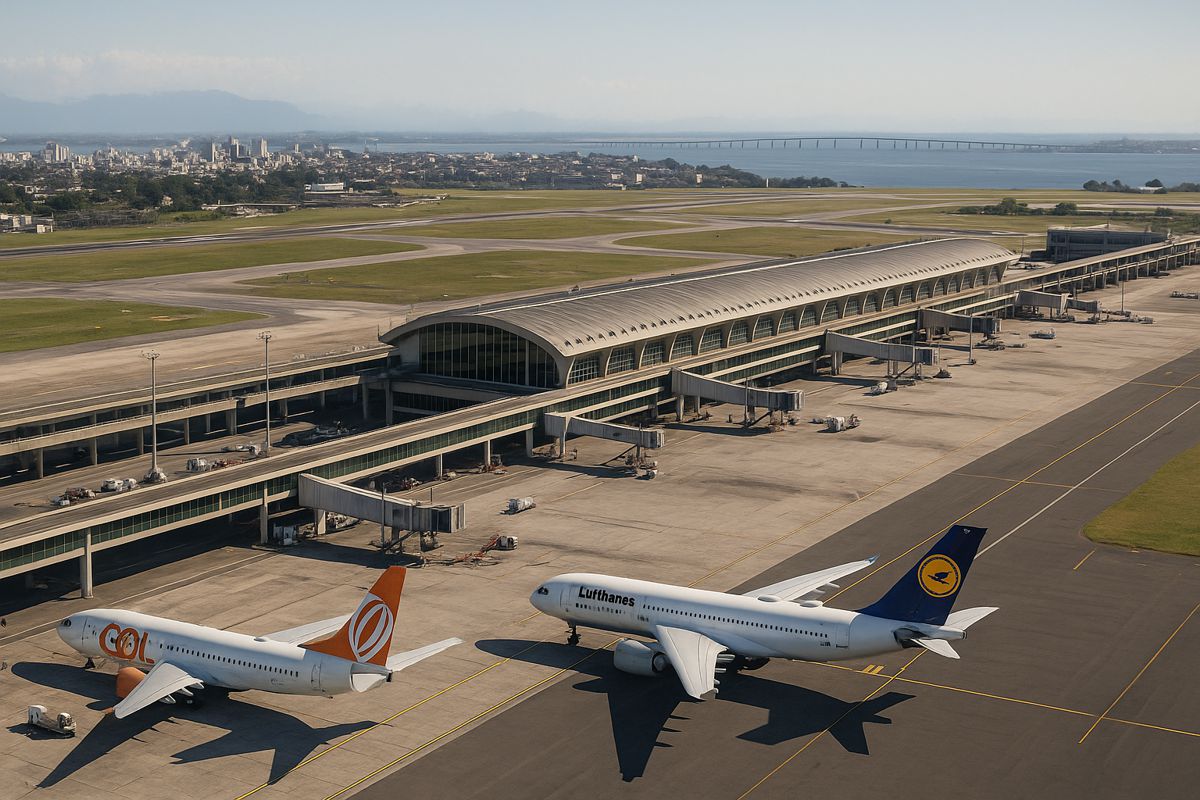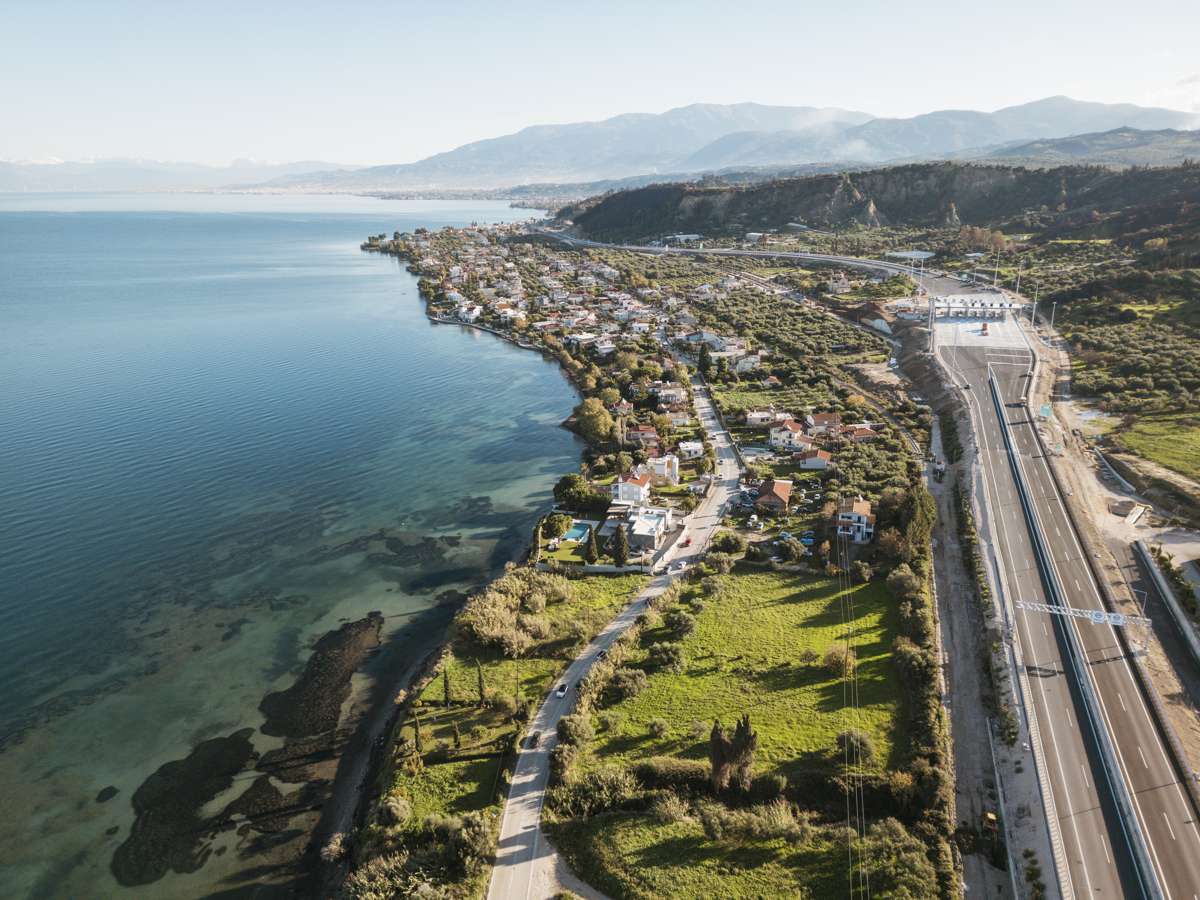Galeão Airport in Brazil Taking-off with a Smarter, More Sustainable Concession
Rio de Janeiro is on the cusp of a major turning point in its aviation landscape. RioGaleão, the concessionaire steering operations at Galeão (Tom Jobim) International Airport, has inked a fresh agreement with Brazil’s federal government and the municipal authority of Rio. The aim was to rework the terms of its concession and lay groundwork for a more sustainable, high‑performance future.
This restructured deal arrives after years of turbulence, and it brings with it serious implications for investors, policymakers and construction and infrastructure stakeholders. Below, we unpack the key changes, the strategic risks and opportunities, and what to watch as the new regime unfolds.
Why the Rewrite Was Needed
Back in 2022, RioGaleão formally asked to return the concession, citing severe financial strain. But the request was withdrawn after intense negotiations and intervention from the Tribunal de Contas da União (TCU), Brazil’s public spending watchdog. The TCU, after deliberation, gave its nod to revised terms in June 2025, terms that promise continued private management under revised obligations.
The context of that financial stress should not be overlooked. Operating a major international airport is capital-intensive: runway investments, passenger facilities, regulatory compliance and fluctuating demand all pile on risk. In this case, the 2022 reversal and renegotiation reflect just how finely balanced concession contracts in emerging markets must be.
New Ownership and Governance Structure
One of the more consequential shifts is in shareholding. As part of the revised arrangement:
- Vinci Compass acquired a portion of Changi’s stake, raising its share to 35.7%, while Changi’s dropped to 15.3%.
- Infraero, the state‑owned enterprise, continues to hold 49%, but is slated to exit entirely by March 2026.
Approval from Brazil’s aviation regulator, ANAC, and competition watchdog CADE have cleared the ownership changes. The stage is now set for Vinci Compass and Changi to bid as a joint entity when the concession goes to auction, though the process will remain open, meaning rivals can compete on equal footing.
Remarkably, RioGaleão itself may participate again in the re‑bid process, meaning the incumbent could reassert control under new terms.
Legal heavyweights were mobilised in support: Pinheiro Neto advised Vinci Compass, Machado Meyer advised Changi, and Mattos Filho advised RioGaleão. Their cross‑firm work underscores how structurally complex this deal is.
Key Contractual Changes & Financial Terms
The revamped concession is not just a cosmetic re‑deal, it introduces several new financial and operational parameters:
- Assisted sale auction scheduled for March 2026, with a minimum bid of BRL 932 million (approximately US$174 million).
- A variable payment: concessionaire must pay 20% of gross revenue through 2039.
- Removal of the third runway construction requirement.
- Establishment of a compensation mechanism if passenger flow at Rio’s Santos Dumont Airport is restricted.
- Infraero’s full exit from management by March 2026.
By removing the mandatory third runway investment, the government has lightened the capital burden. Meanwhile, the 20% revenue share is a significant ongoing commitment, aligning public interest with operator performance.
The Santos Dumont restriction clause provides a safeguard against competitive distortions. Historically, Santos Dumont had absorbed major domestic traffic, and at times exerted pressure on Galeão.
Strategic Implications & Risks
- For investors and concessionaires: The renegotiation resets risk allocation. While lower capital obligations (no third runway) reduce downside, the revenue share and auction mechanics impose recurring financial exposure. New entrants beyond Vinci‑Changi may view the terms as challenging unless demand growth is strong.
- For construction and infrastructure firms: The contract still leaves room for modernisation and expansion of terminals, services, and systems. But firms must factor in tighter public oversight, performance metrics, and reimbursement mechanisms tied to regulatory constraints.
- For policymakers and regulators: Brazil’s role is evolving from landlord to active participant, monitoring revenue sharing and enforcing compensation clauses. Oversight of auctions, concession compliance, and capacity constraints at competing airports are likely to intensify.
Risks to monitor
- Demand volatility: global travel shocks might undermine revenue forecasts.
- Regulatory shifts: future governments may seek further contract tweaks.
- Auction competitiveness: if too few bidders emerge, market power may consolidate.
- Operational constraints: weather, slots, airspace, or local politics could impede performance.
The Roadmap
- Auction results (March 2026): Who bids and at what price will reveal how the market values the new regime. Will Vinci Compass consolidate control by acquiring Infraero’s stake? Or will rivals break in?
- Performance metrics and enforcement: Expect more granular tracking of service levels, passenger flows, and penalty or compensation clauses in the early years.
- Terminal and systems upgrades: Capital investments, albeit smaller now that runway pressure is eased, will target passenger experience, retail, digitalisation and operational efficiency.
- Interplay with Santos Dumont Airport: Any further regulatory intervention on operations at Santos Dumont could trigger compensation mechanisms or renegotiate boundaries.
- Sector spillovers: This restructuring could set precedent for concession retakes or renegotiations in Brazil’s wider aviation and infrastructure sectors.
A Turning Point for Rio’s Aviation Narrative
Rio de Janeiro has flirted with aviation dissonance: Santos Dumont’s dominance, financial strain at Galeão, and regulatory whiplash. Thanks to this reworked concession, the city is charting a new chapter, one built on aligned incentives, mitigated capital burden, and structured exit pathways for legacy players.
As the world watches the 2026 auction and beyond, the real test will be whether this revised model fosters sustained investment, service quality and strategic resilience. For infrastructure professionals, investors and governing bodies, the lessons here will echo far beyond Galeão’s runways.




















